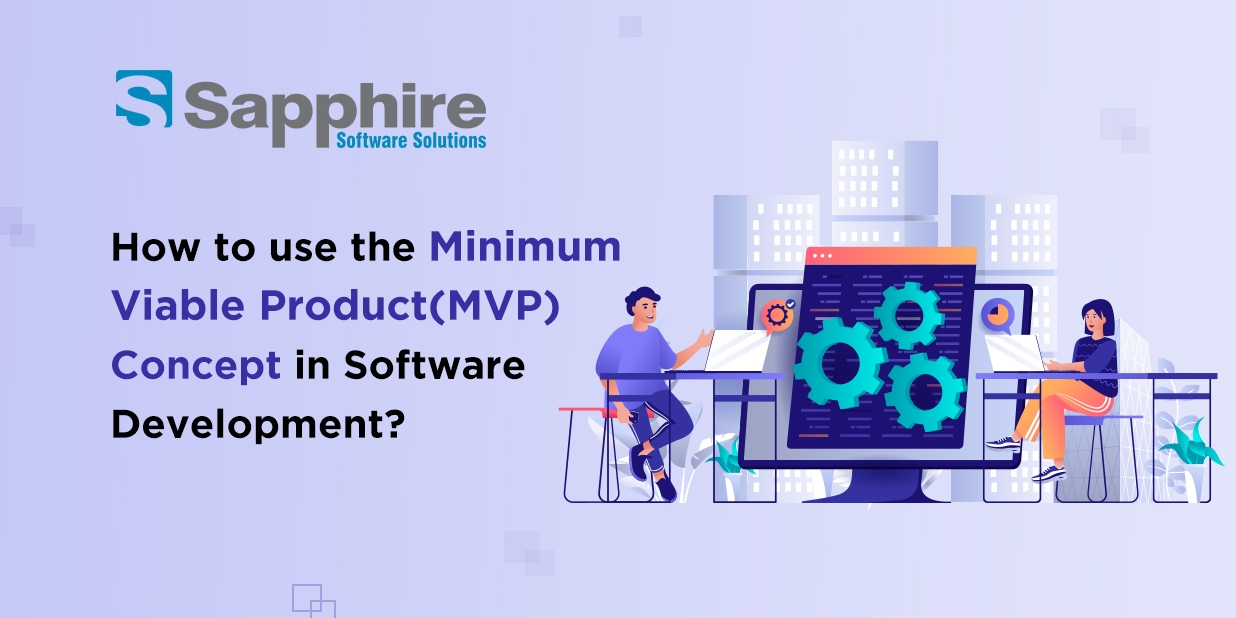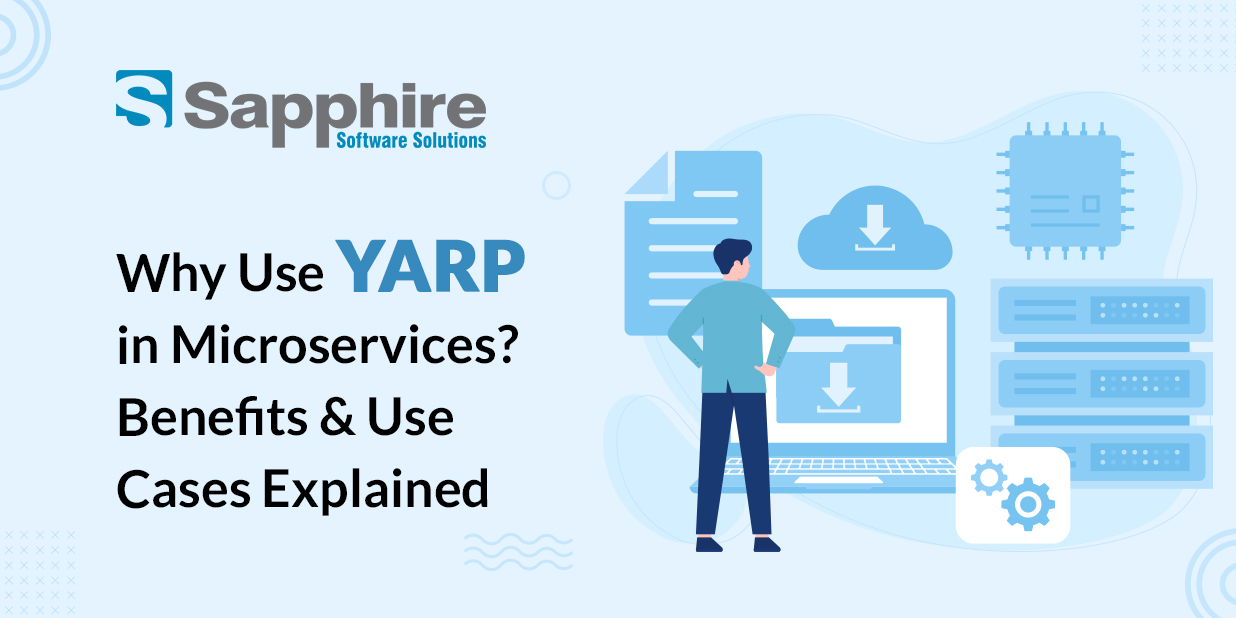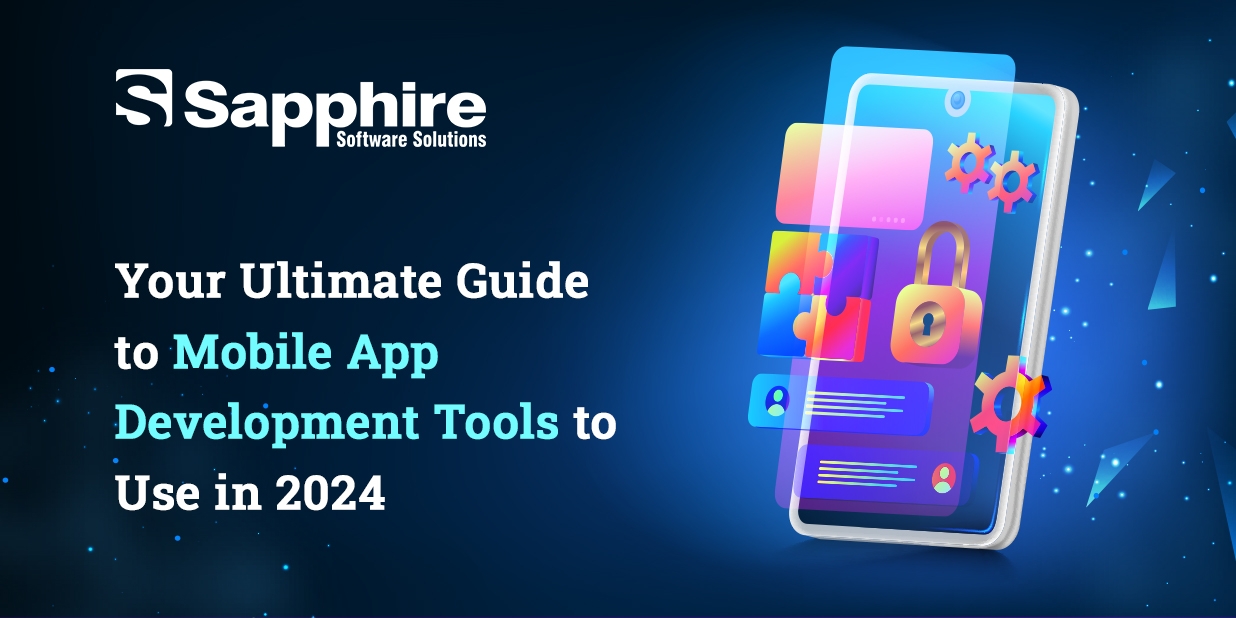An MVP is a simple prototype that helps developers collect insights and confirm assumptions before investing heavily in product development. The MVP idea has become popular in tech for lowering risks and boosting the likelihood of producing successful, user-centric products while delivering the best software development services in USA.
MVPs aim to balance product functionality with low development time and cost. Developers may rapidly test hypotheses, obtain user input, and make development choices by publishing a reduced program version. This iterative technique decreases the danger of creating a product that people won’t like and speeds up development. As teams learn and change in real-time, the MVP technique increases the likelihood of delivering a product that satisfies user wants and expectations.
Critical Principles of MVP Development:
A Minimum Viable Product (MVP) is developed using many essential ideas that underpin this software development strategy. These concepts are crucial to implementing an MVP that minimizes risks, optimizes resources, and meets user demands. Explore these fundamentals:
1. Identify key features:
MVP relies on identifying key traits. These aspects meet the target audience’s basic demands. Separating “nice-to-have” features from those essential to the product’s value proposition is critical. Development teams may shorten the process and create a user-friendly product by concentrating on the basics.
Product managers, designers, and developers collaborate iteratively to identify fundamental features. A detailed grasp of customer demands, stakeholder involvement, and market research helps choose product-defining characteristics.
2. Create Scalable Architecture:
The first product is small, but its architecture should be sturdy and scalable. A well-designed architecture lets the MVP effortlessly add functionality in successive versions. The product must be scalable to adapt to changing customer needs and market dynamics without rework for long-term success.
The scalable design streamlines updates and enhancements. It creates a product that can evolve naturally, adding features without losing stability.
3. Quick development and deployment:
Speed is critical to MVP development. Rapid development and deployment cycles are crucial for product launch. Agile methods, continuous integration, and automated testing provide agility.
Our development team should emphasize efficiency without compromising product quality. Rapid deployment speeds up time-to-market and user feedback. The MVP strategy relies on this iterative feedback loop to help teams make choices and improve the product based on user input.
4. UX-focused design:
Even a simple MVP should emphasize user experience. An intuitive interface is designed using user-centric ideas. To encourage early user adoption and happiness, offer a reasonable and engaging user experience.
User-centric design requires knowing user preferences, habits, and pain spots. The MVP should be smooth and entertaining even with minimal capabilities, establishing a good connection between users and the expanding product.
5. Development is iterative:
MVP development is iterative. After launch, the development team gathers user input and iterates. This iterative cycle lets the product grow depending on user input and market circumstances throughout development.
Iterations might change the strategy, target audience, business model, and features. Each iteration improves the product, meeting user and market needs.
6. Data-Driven Decision-Making:
Data is essential for MVP development. Analytics, metrics, and user input guide decision-making. Development teams learn how people utilize the product by analyzing user behaviour and performance indicators.
Data-driven decision-making goes beyond feature changes. It guides market positioning, user acquisition, and monetization tactics. Development teams can overcome uncertainty and make real-world judgments using data.
7. Always Learning and Adapting:
MVP growth involves constant learning and adaptability. The process is dynamic. Thus, the development team must be flexible with plans, assumptions, and new facts. Product success depends on learning from successes and failures.
The company learns continuously, not just the development team. MVP iterations should influence product development and commercial strategy to keep the company agile and responsive to market changes.
MVP development concepts enable planned and successful software development for any Leading Software Development Company in USA. Development teams can successfully navigate product development by identifying core features, building scalable architecture, emphasizing rapid development, prioritizing user-centric design, embracing iterative development, using data-driven decision-making, and promoting continuous learning. These principles enable teams to design products that fulfill user goals and adapt to changing technology and user expectations. You can also Hire Top Software Developers in USA who use MVP ideas to negotiate uncertainty and produce solutions that fulfill customer demands.
Steps in Implementing MVP in Software Development:
1. Define Clear Objectives:
Successful MVP implementation starts with clear goals. The development team and stakeholders must agree on the target audience, market validation objectives, and KPIs. These goals guide development and ensure the MVP matches the product vision.
2. Create a prototype:
Before constructing the MVP, a simple prototype is made. The prototype illustrates the product for stakeholders and prospective consumers. This prototype provides a solid starting point for MVP development.
3. Get User Feedback:
A few early adopters get the MVP. Analytics, surveys, and direct contact methods gather customer input. This input helps determine how consumers use the product, what features they like, and where to improve.
4. Feedback-based iteration:
Using feedback is crucial to the MVP process. Based on customer feedback and pain areas, developers iterate. This iterative method refines and meets user expectations with each product generation.
Advantages and Challenges of MVP Development:
1. Advantages:
A. Cost-Effective:
MVP development substantially reduces the initial cost and financial risks of producing a full-featured product. Resource allocation is wise, and the development team may prioritize customer happiness and commercial success by concentrating on critical features.
B. Fast time-to-market:
Rapid time-to-market is a significant benefit of MVP development. Streamlined feature development and speed enable products to launch fast. Speed is essential to establish a competitive advantage and attract early adopters before competition.
C. Validating Users:
MVPs enable unique user validation. Developers may test the product’s suitability by releasing a rudimentary version to a chosen user group. Validation helps developers judge future development stages to meet market needs.
2. Challenges:
A. Limited Features:
A simple MVP generally needs more sophisticated features that may attract more users. Finding the appropriate mix between simplicity and utility is difficult. Developers must select features to achieve fundamental functionality without losing product attractiveness.
B. Expectation Management:
Managing user expectations for future developments is crucial. Clear communication about the product roadmap and development goals helps consumers grasp MVP development’s iterative nature and continual improvement.
C. Quality Issues:
MVP development pace may compromise product quality. Rapid development is critical, but quality is essential for user experience. Development teams need help to combine speed and quality.
Case Studies of Successful MVP Implementations:
1. Dropbox:
Dropbox’s MVP strategy is critical to its success. Initial versions addressed a fundamental issue: simple file sharing and synchronization. Users may easily comprehend the product’s idea and value using the MVP. Dropbox expanded its capabilities as customers liked the MVP’s simplicity and usefulness, becoming a popular file-sharing platform.
2. Airbnb:
Airbnb’s MVP solved the problem of getting lodging for popular events. Airbnb started as a simple website for hosts to post their rooms and tourists to locate them. The MVP gained popularity, and user input developed the platform into a worldwide online marketplace for housing and vacation experiences.
Conclusion:
Using the Minimum Viable Product (MVP) idea in software development fits the industry’s high-speed and dynamic nature. As a Top Software Development Company in USA, we use MVPs to produce successful software products by grasping essential ideas, following a systematic implementation approach, and learning from successful case studies.





































